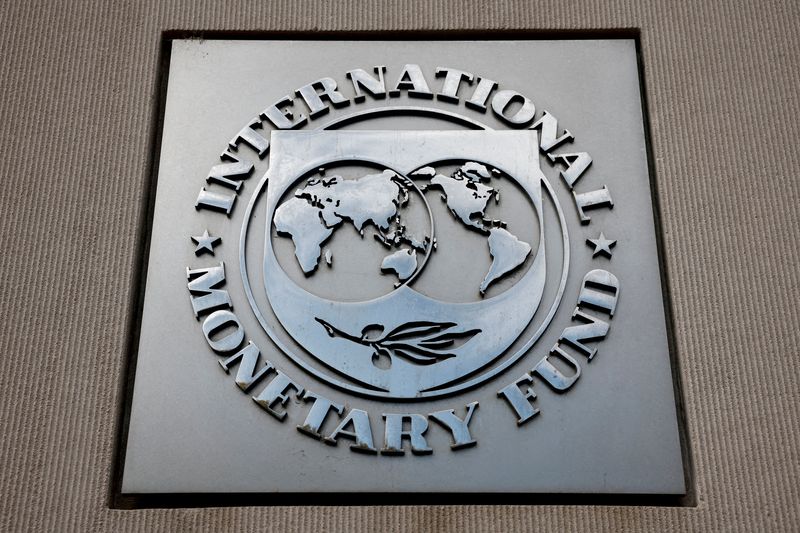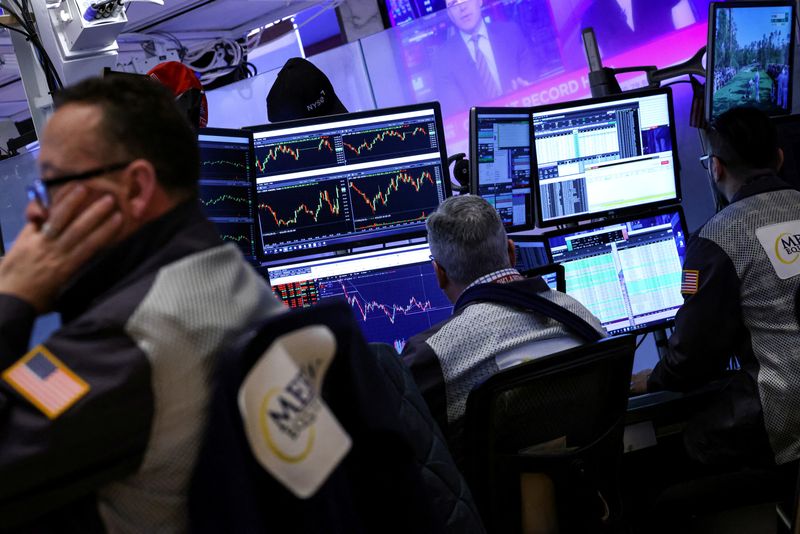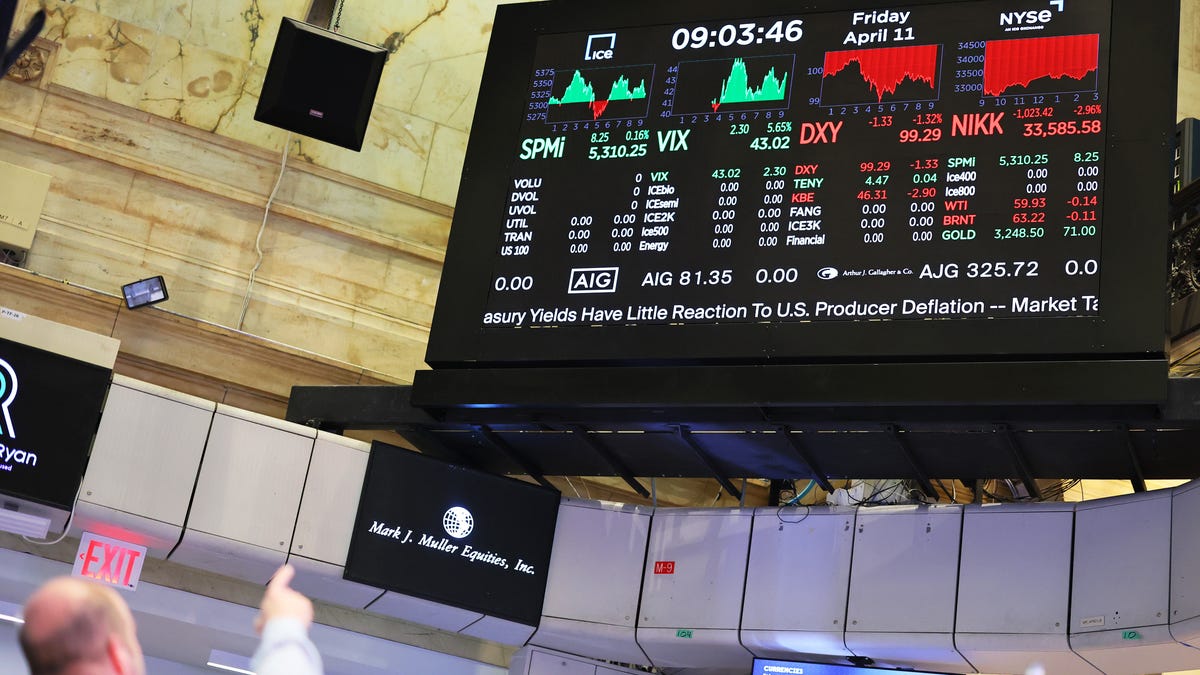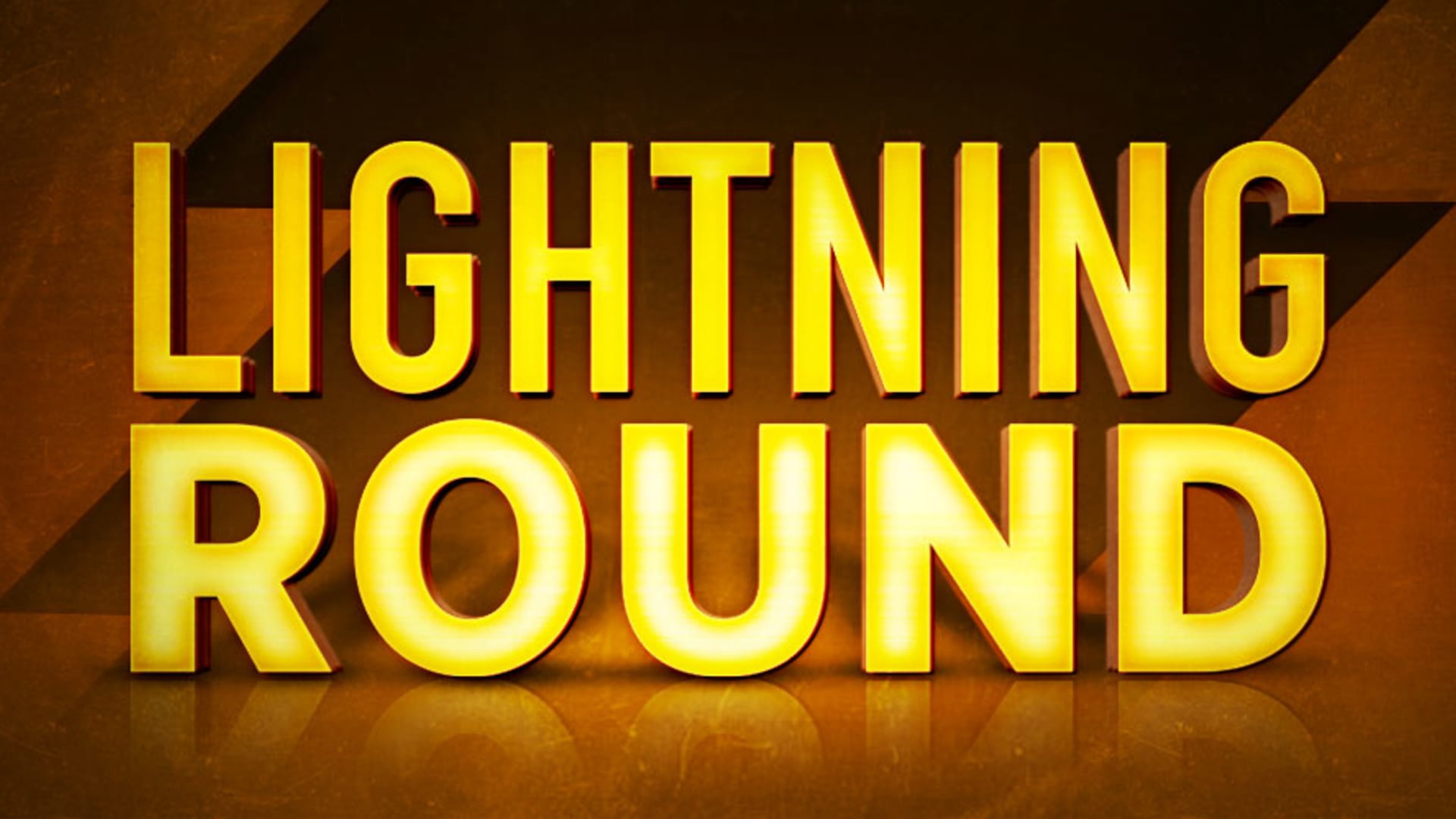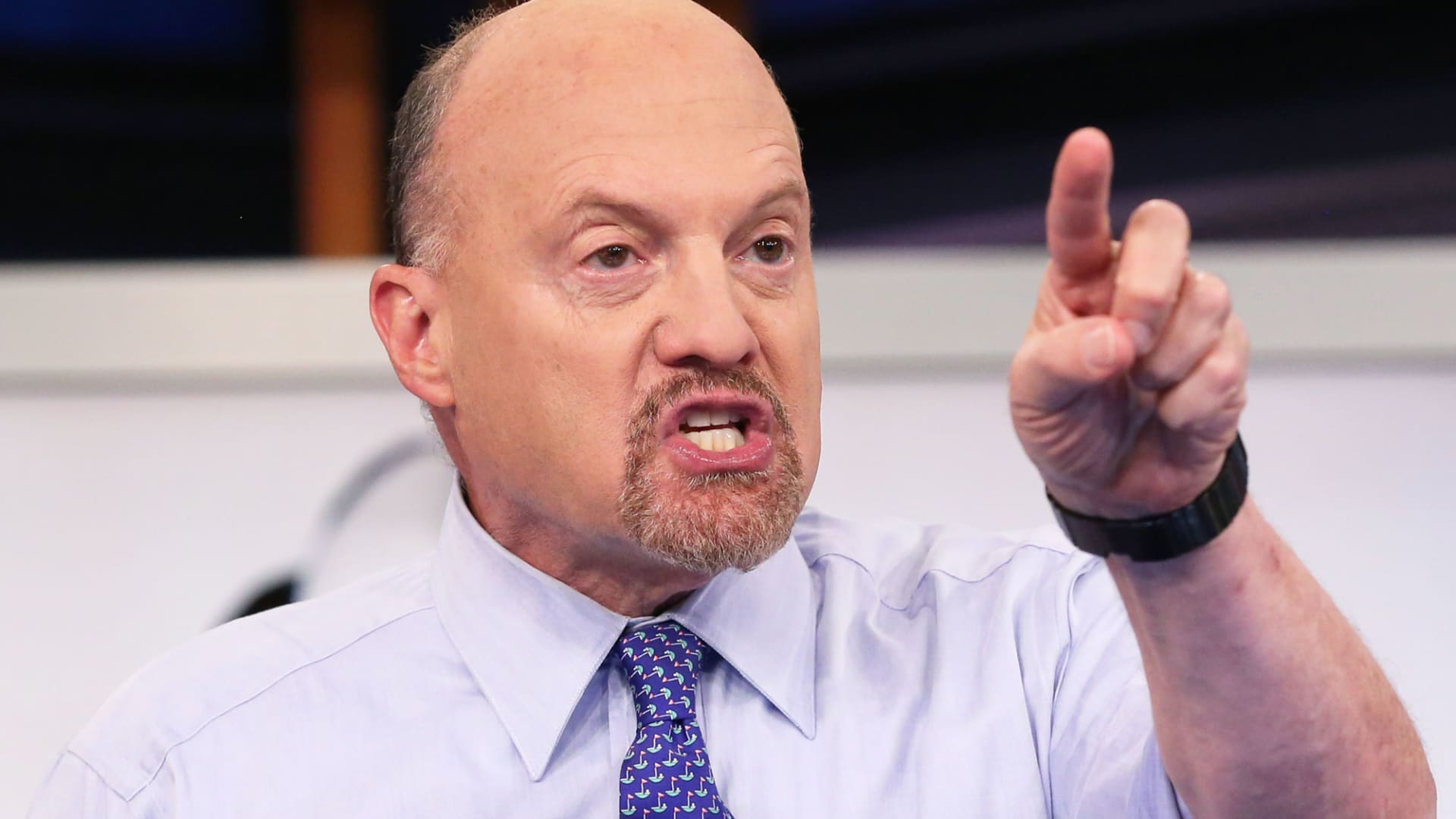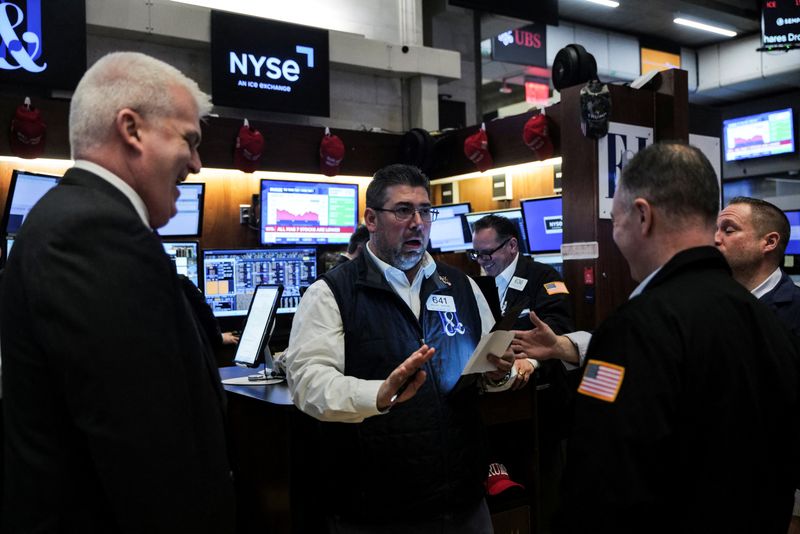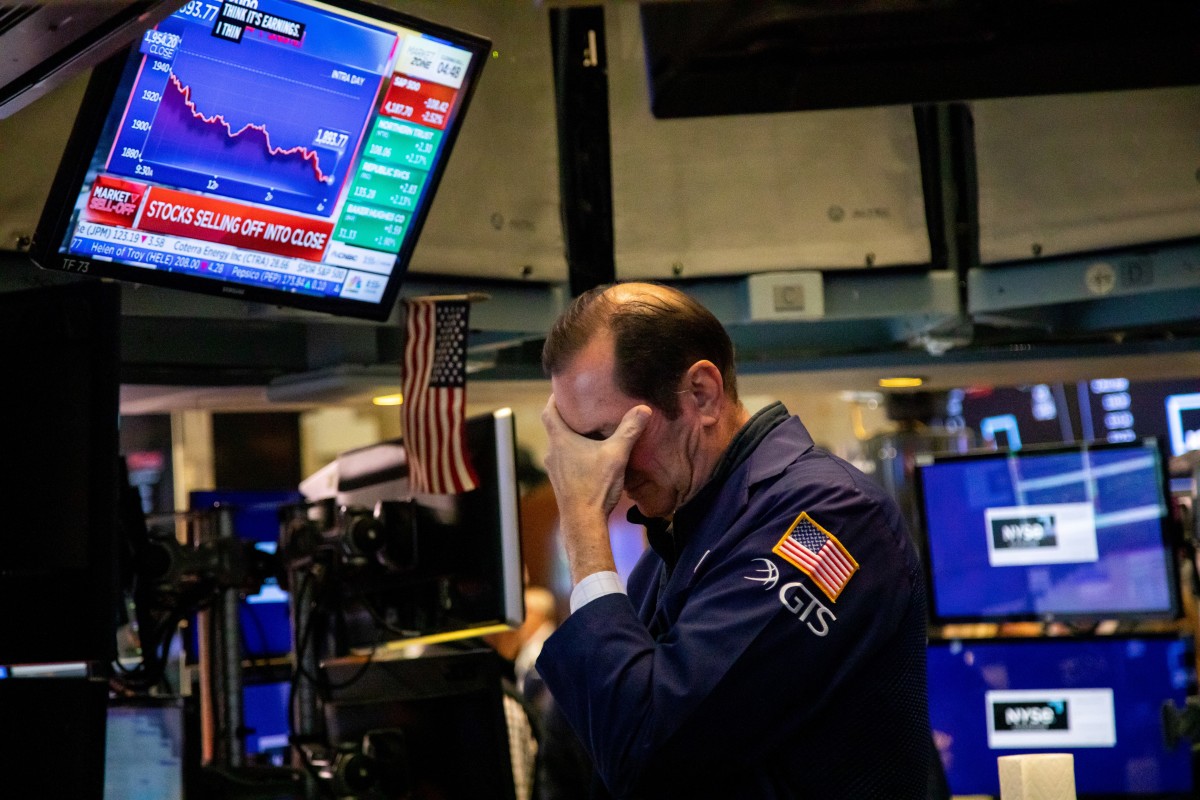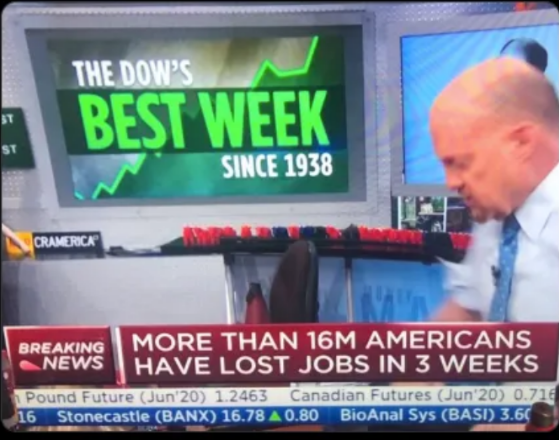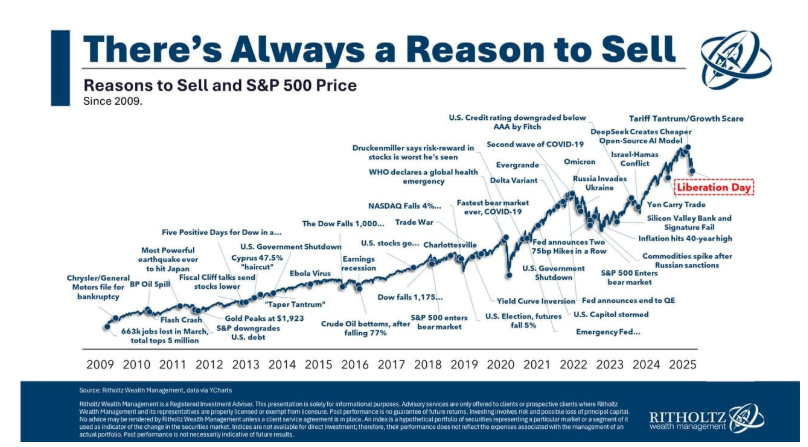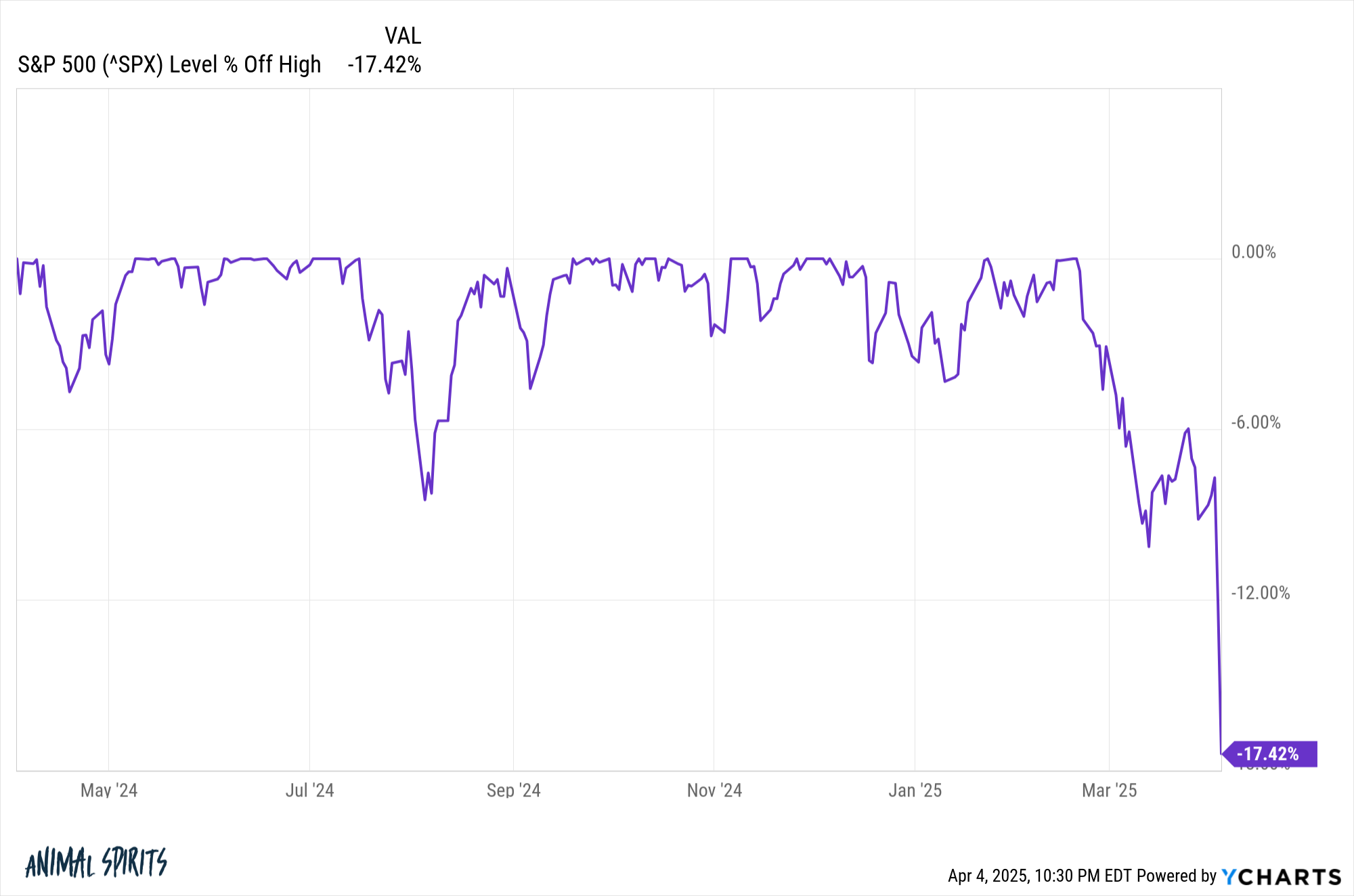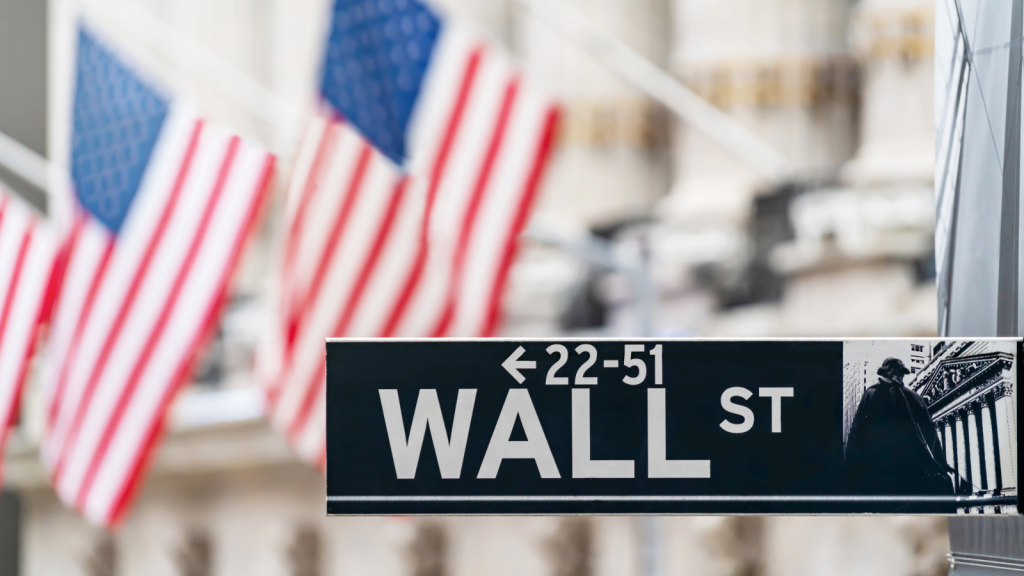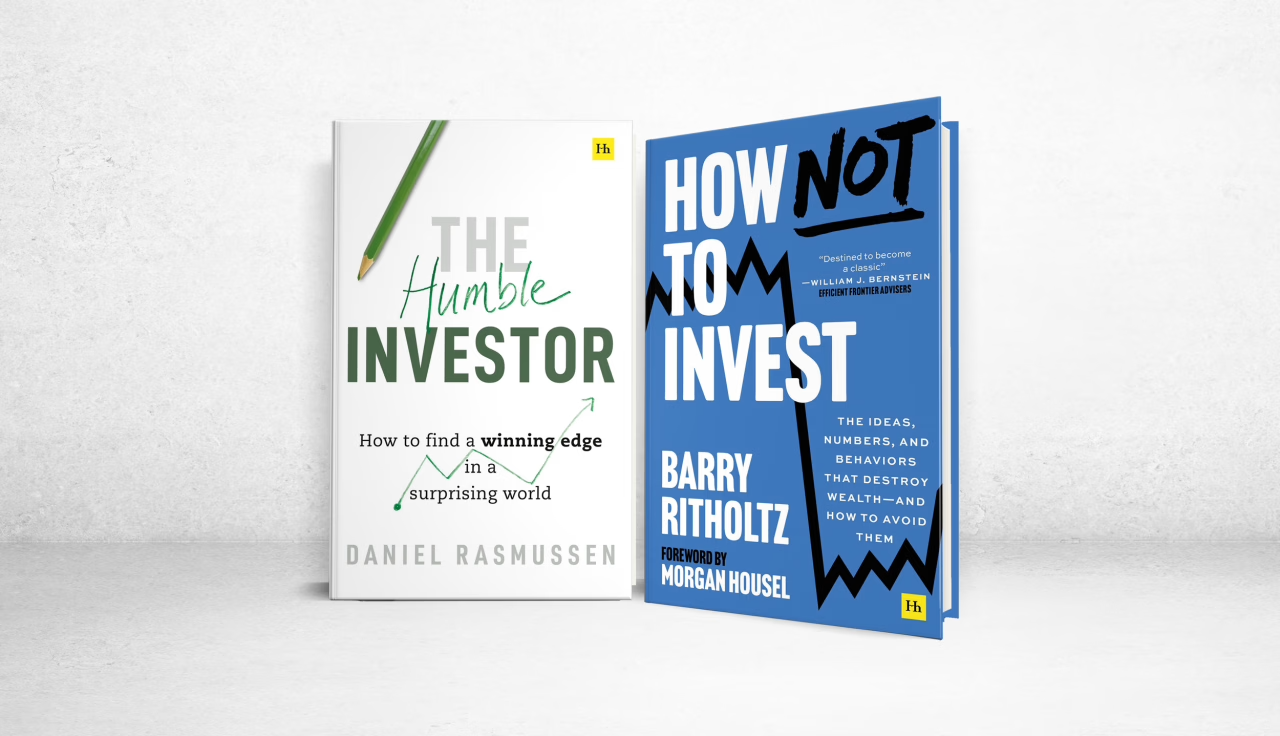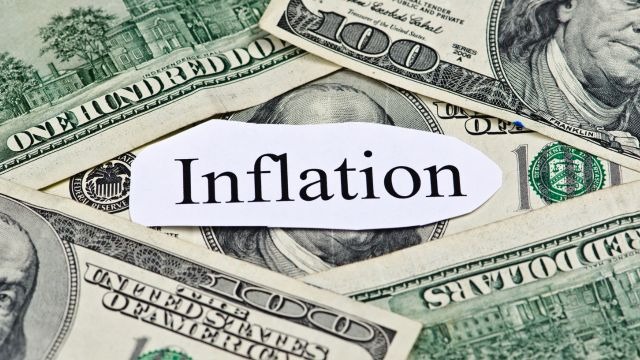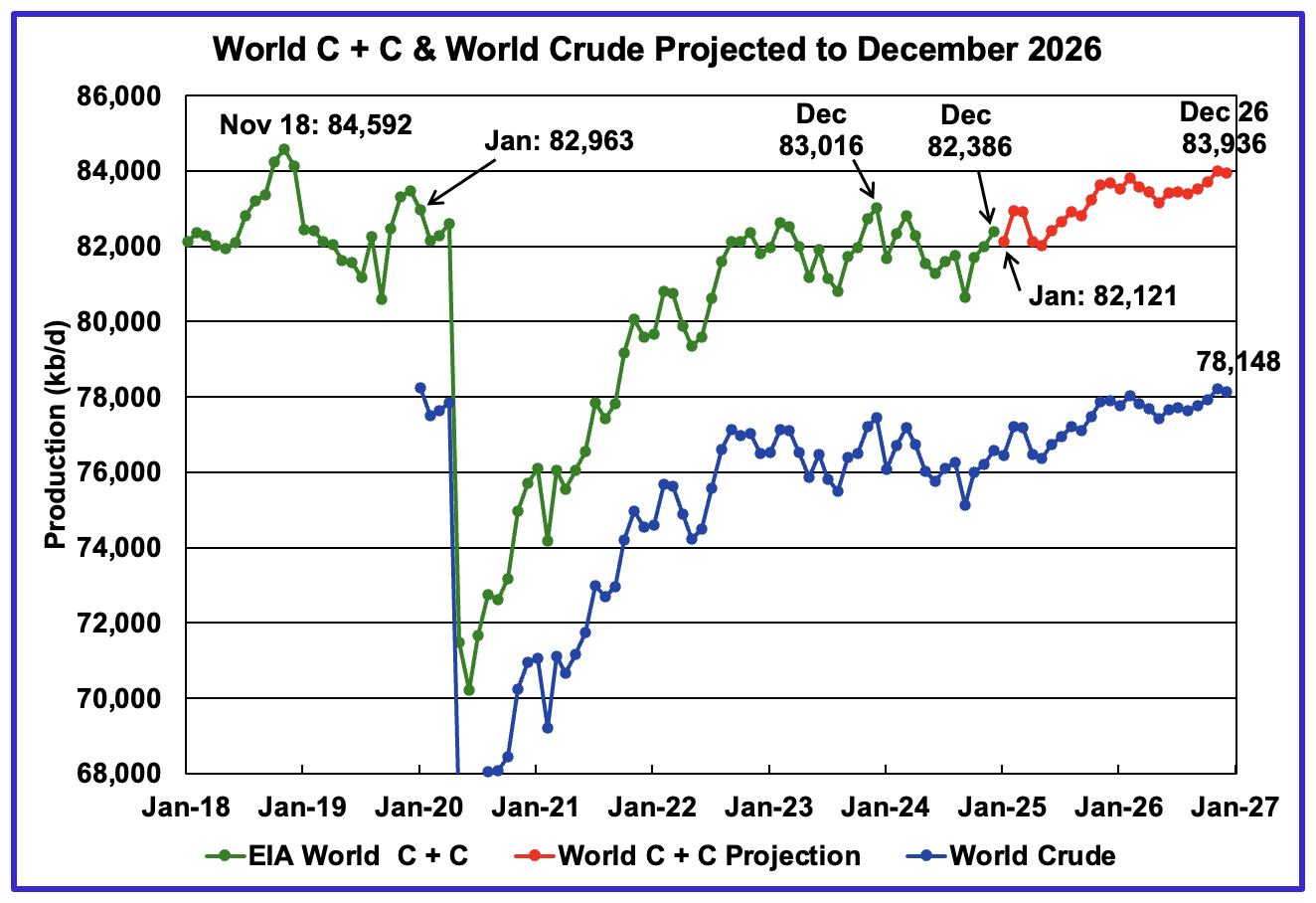I’m 42 with $2.6 million saved and want to shift from 90/10 to 60/40 by retirement – what’s the best way to rebalance?
With President Trump’s Liberation Day in the books and the stage set for another leg lower for stocks (a worst-case scenario seems to have panned out with reciprocal tariffs), prospective retirees face a dilemma: ride out the latest wave of tariff volatility or get out before the bear has a chance to emerge from his […] The post I’m 42 with $2.6 million saved and want to shift from 90/10 to 60/40 by retirement – what’s the best way to rebalance? appeared first on 24/7 Wall St..

With President Trump’s Liberation Day in the books and the stage set for another leg lower for stocks (a worst-case scenario seems to have panned out with reciprocal tariffs), prospective retirees face a dilemma: ride out the latest wave of tariff volatility or get out before the bear has a chance to emerge from his cave. Indeed, Liberation Day may very well be the first shots fired in what could be a rather lengthy trade war. And while it’s tempting to think about rebalancing before a bear market has a chance to strike, I’d argue that it’s far better to put one’s emotions in check before kicking off a rebalancing that should be done gradually rather than in the heat of a panic.
In the case of this prospective early retiree, 42, with $2.6 million in invested assets and a very aggressive 90/10 allocation (that’s 90% in stocks, only 10% in bonds), they’re wondering if it’s time to switch gears towards a more standard 60/40 allocation that’s a better fit for those winding down for retirement.
Indeed, I’d bet that the Reddit user isn’t the only one out there who’s feeling like rushing to safety after tariff terrors took a 10% (or more) bite out of their nest egg in the past few weeks.
Key Points
-
The Trump correction caught many prospective early retirees off guard.
-
It’s never a bad idea to think about starting to rebalance. An advisor can help formulate a plan en route to retirement.
-
Are you ahead, or behind on retirement? SmartAsset’s free tool can match you with a financial advisor in minutes to help you answer that today. Each advisor has been carefully vetted, and must act in your best interests. Don’t waste another minute; get started by clicking here here.(Sponsor)
Is shifting gears from 90/10 to 60/40 a good idea amid tariff-fuelled fears?
Indeed, it’s not hard to imagine the Reddit user in their early 40s is just a bit more worried that their early retirement prospects could diminish as investors and analysts digest the full potential damage of the latest slate of reciprocal tariffs.
Undoubtedly, the week that follows Liberation Day may very well bring forth a level of volatility and uncertainty we haven’t seen in more than five years (think the peak panic during the 2020 stock market meltdown). And while the immediate reaction (a 3-5% single-day drop in the stocks) is bound to be steep, fearful investors must understand the risks of running for the exits after taking a hit to the chin.
Volatility doesn’t just apply to the drops; it can also apply to the relief rallies. In fact, some of the sharpest bounces tend to follow shortly behind the worst of tumbles. Indeed, it’s hard to tell if a 4% single-day implosion in the S&P 500 will be followed by a proportional single-day surge. Either way, there are risks of dumping a ton of stocks (as would be the case for someone gravitating towards a 60/40 allocation from a 90/10 one) at a time when investors are smashing the panic button.
Rebalancing after a correction: Not ideal, but the Trump slump should be a wake-up call to start thinking about a plan to transition to a more conservative allocation.
Rebalancing and mildly reducing equity exposure following a 10-12% drawdown can still prove wise if one isn’t giving into emotion. If the 40-something prospective early retiree is serious about securing their nest egg ahead of what could be a nasty trade war that could outdo the one endured under Trump’s first presidential term, the risks of taking too much out of stocks must also be considered.
Indeed, there’s a risk of missing out on the bounce by jumping out of stocks after a vicious down month for markets. At the same time, there are also downside risks of standing by a more aggressive 90/10 allocation.
Either way, I wouldn’t rush a decision and give in to emotion at a time like this. Though starting to think about rebalancing is a wise idea, given that stocks don’t always go up.
The bottom line
Ultimately, the Reddit user should seek to transition to a 60/40 allocation very gradually over the next 15 years, at least in my humble opinion.
Whether that entails taking 1-2% out of stocks in any given year and stashing it into bonds or subscribing to the “rule of 120,” which entails transitioning to an allocation closer to 80/20 given the individual’s age, there are many ways to go about rebalancing. Either way, the key is gradually transitioning and not getting it done in one night, offloading shares following one of the nastiest days for stocks in many years.
Also, a financial advisor could come in handy to help guide such an investor towards a more retiree-friendly allocation.
For prospective retirees seeking to avoid a similar situation, it’s best to prepare with a correction or crash in mind before it has a chance to happen. For most hands-off investors, a Vanguard Retirement Target Fund is probably the best way to go, as it adjusts one’s asset allocation automatically, preventing a situation our Reddit user currently finds themselves in.
The post I’m 42 with $2.6 million saved and want to shift from 90/10 to 60/40 by retirement – what’s the best way to rebalance? appeared first on 24/7 Wall St..




